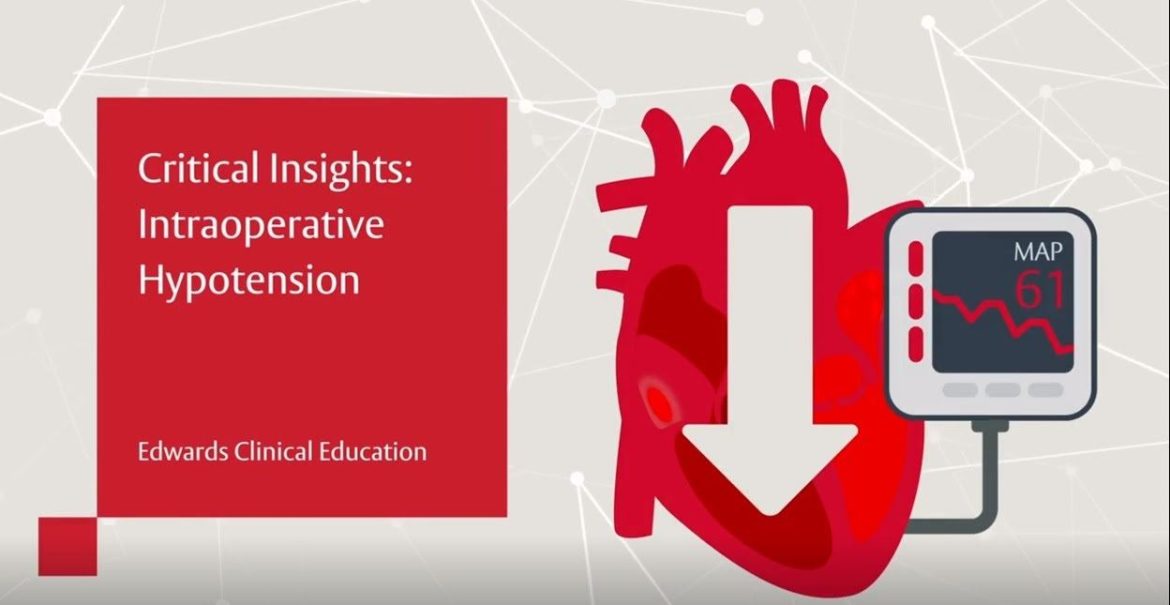According to a report on October, Hypotension is a prevalent issue in neonatal intensive care units (NICUs), affecting between 24% and 50% of preterm infants weighing less than 1,500 grams. Quick identification and active treatment are crucial in preventing damage to vital organs, particularly the brain. However, the approach to diagnosing and managing hypotension varies among physicians. While many rely on blood pressure as the main indicator of tissue perfusion, differences in defining hypotension and using diagnostic tools make management inconsistent.
In an effort to understand these differences, a cross-sectional survey was conducted among Indian NICU physicians to explore their practices. The survey looked at the diagnostic criteria used, the role of echocardiography in assessing hypotension, and the treatment approaches, including volume expansion, inotropes, and steroid use.
Survey Results:
A total of 320 physicians, primarily working in Level III NICUs, participated in the survey. The practice of delayed cord clamping was reported by 78% of respondents. However, only 44% had an institutional protocol for managing hypotension, highlighting a lack of standardized guidelines.
The diagnostic criteria for hypotension showed variation. Just over half (52%) of respondents defined hypotension as a mean blood pressure lower than the infant’s gestational age in weeks. Clinically, physicians most commonly relied on capillary refill time, blood pressure, and heart rate to make their assessments.
While 85% of respondents reported using echocardiography in their NICUs, only 73% used it specifically to evaluate hypotensive neonates. For treatment, most physicians (85%) preferred a “volume-inotrope-echo-steroid” approach, starting with volume expansion. Dopamine was the most commonly used first-line inotrope, followed by norepinephrine and low-dose epinephrine.
Conclusion:
The survey highlights considerable differences in how neonatal hypotension is managed in India. One key takeaway is that while echocardiography is available in many NICUs, it is underutilized for assessing hypotension. This is concerning, as bedside targeted echocardiography is a crucial tool for understanding the underlying causes of hypotension and guiding treatment.
Efforts to standardize practice through better dissemination of existing guidelines and increased use of bedside echocardiography could improve outcomes for preterm infants with hypotension. More research is needed to establish outcome-focused objectives and create a unified approach to managing this condition in neonates.
Related topics:


